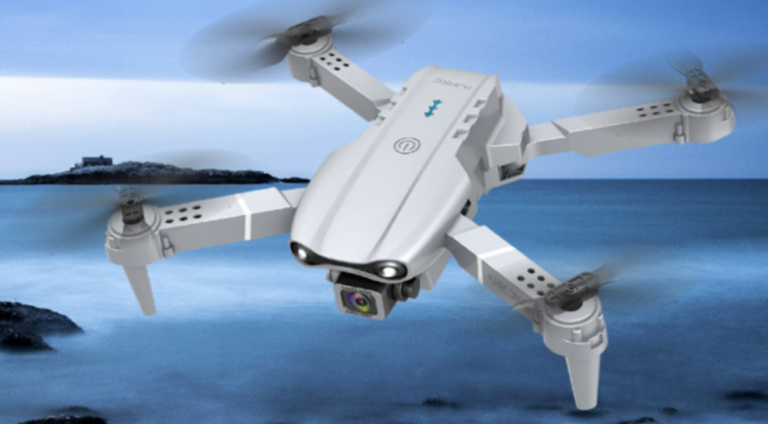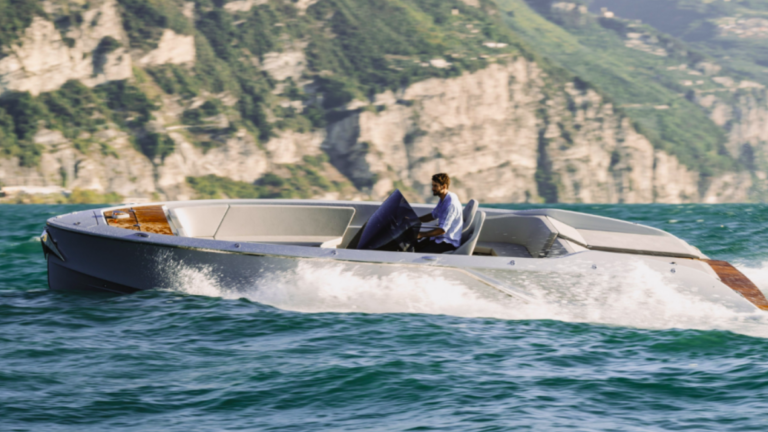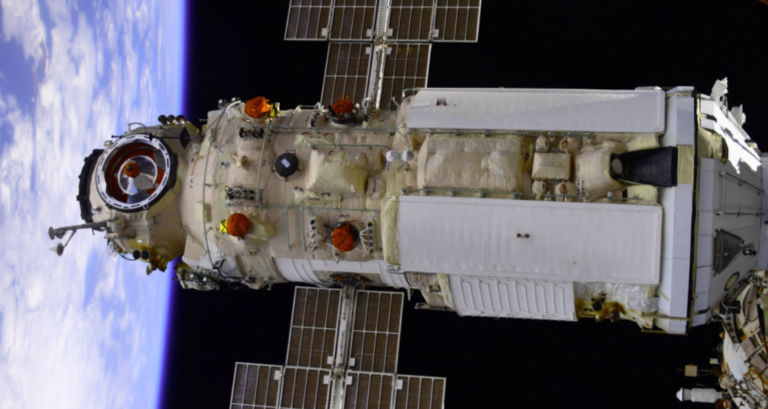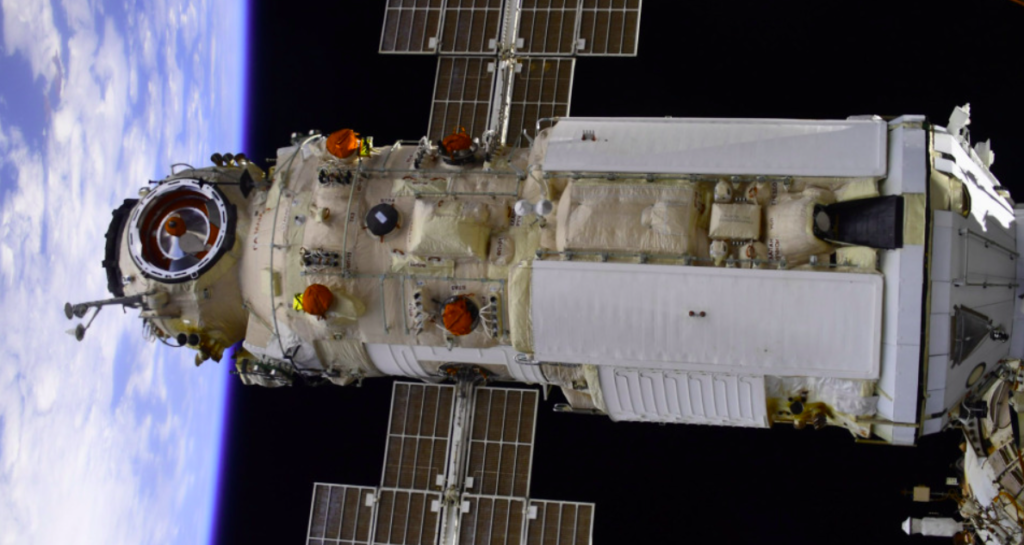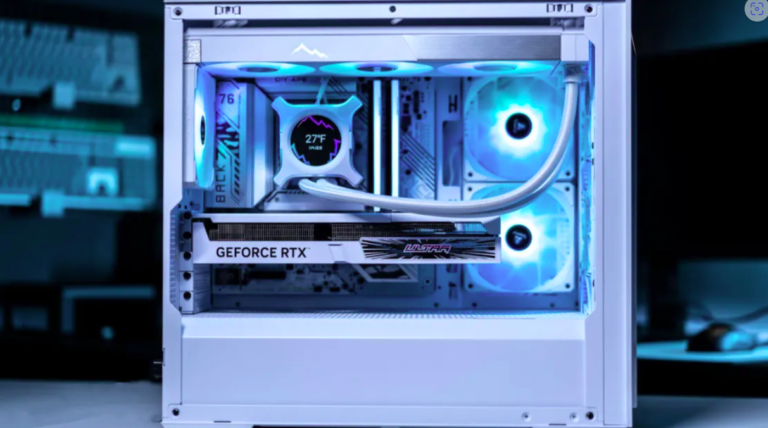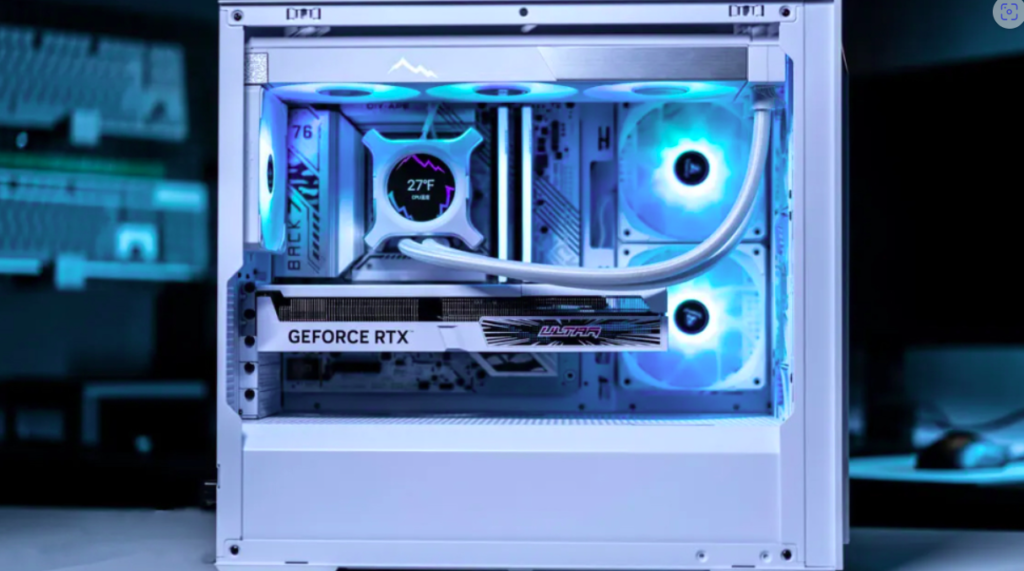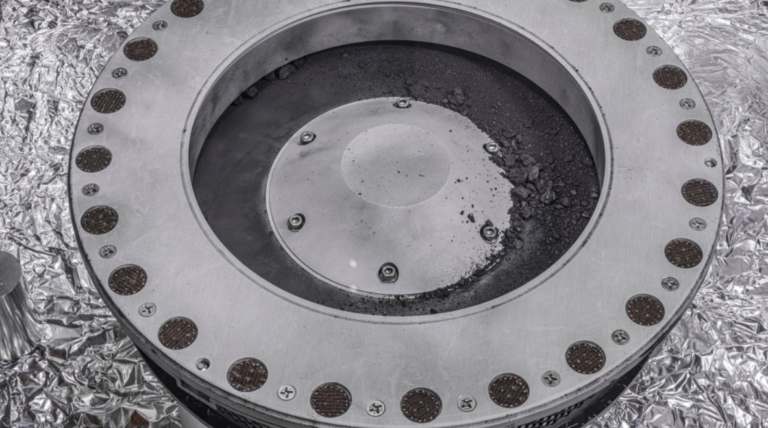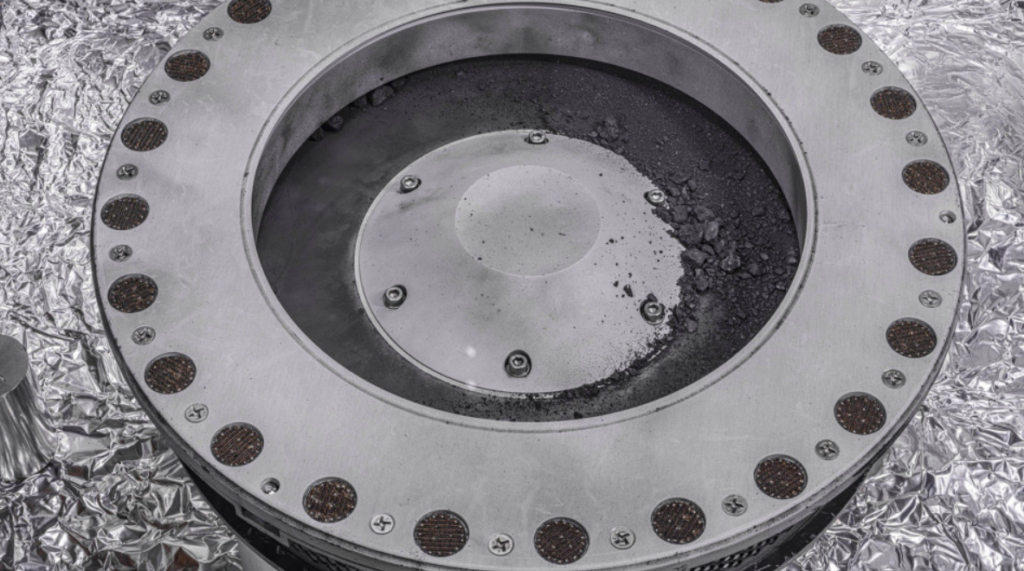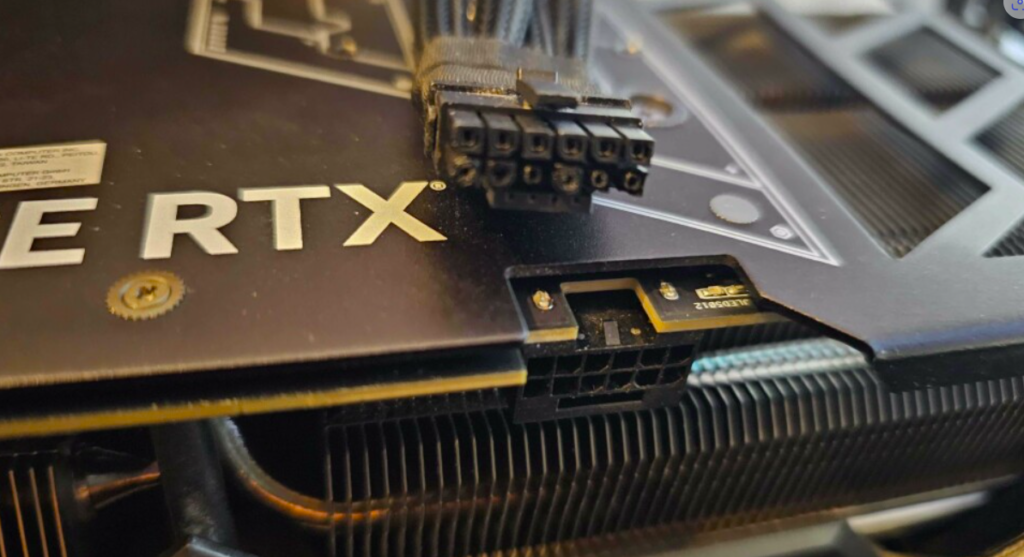Get this Drone Package for just $109.97 until October 15th.
UAVs are fantastic. Although it is perhaps the most general description of them, it may be unduly simplified. According to the U.S. Chamber of Commerce, people use these high-flying machines for a variety of purposes, including leisure, photography, outdoor exploration, cinematography, content creation, and a plethora of commercial uses.
Therefore, it’s always worth looking into a BOGO offer, whether you decide to keep both for yourself or split with a buddy. This Alpha Z PRO 4K + Flying Fox 4K Wide-Angle Dual-Camera Drone Bundle is available for just $109.97 (reg. $398) through October 15.
The stylish black Alpha Z Pro Ultra HD Dual-Camera Drone, with a flight duration of seven to nine minutes, is included in the bundle. One of the several special characteristics that keep this drone functioning and dependable is its powerful LiPo battery. The Flying Fox 4K Wide-Angle Dual-Camera Drone, which can fly for nine to twelve minutes, is the other drone in the bundle. Additionally, it features a gesture control capability that enables you to shoot pictures and record videos using basic hand motions, as well as its own LiPo battery.
The two drones in this combination have front-mounted 4K wide-angle cameras that can be adjusted up to 90 degrees. A 720p bottom-facing camera is also included with every drone, allowing you to record images from any angle.
Each drone has an altitude hold function that allows you to hover fly and stable the device to capture better shots and extend your time enjoying the view. Additionally, they have real-time FPV, which allows you to view live video feeds captured by the camera using a smartphone app. In case they go lost, they may find their way back to you thanks to a one-key automatic return feature.
Through October 15 at 11:59 p.m. PT, you can get this Alpha Z PRO 4K + Flying Fox 4K Wide-Angle Dual-Camera Drone Bundle for just $109.97 (regularly $398).
Prices are liable to vary.
